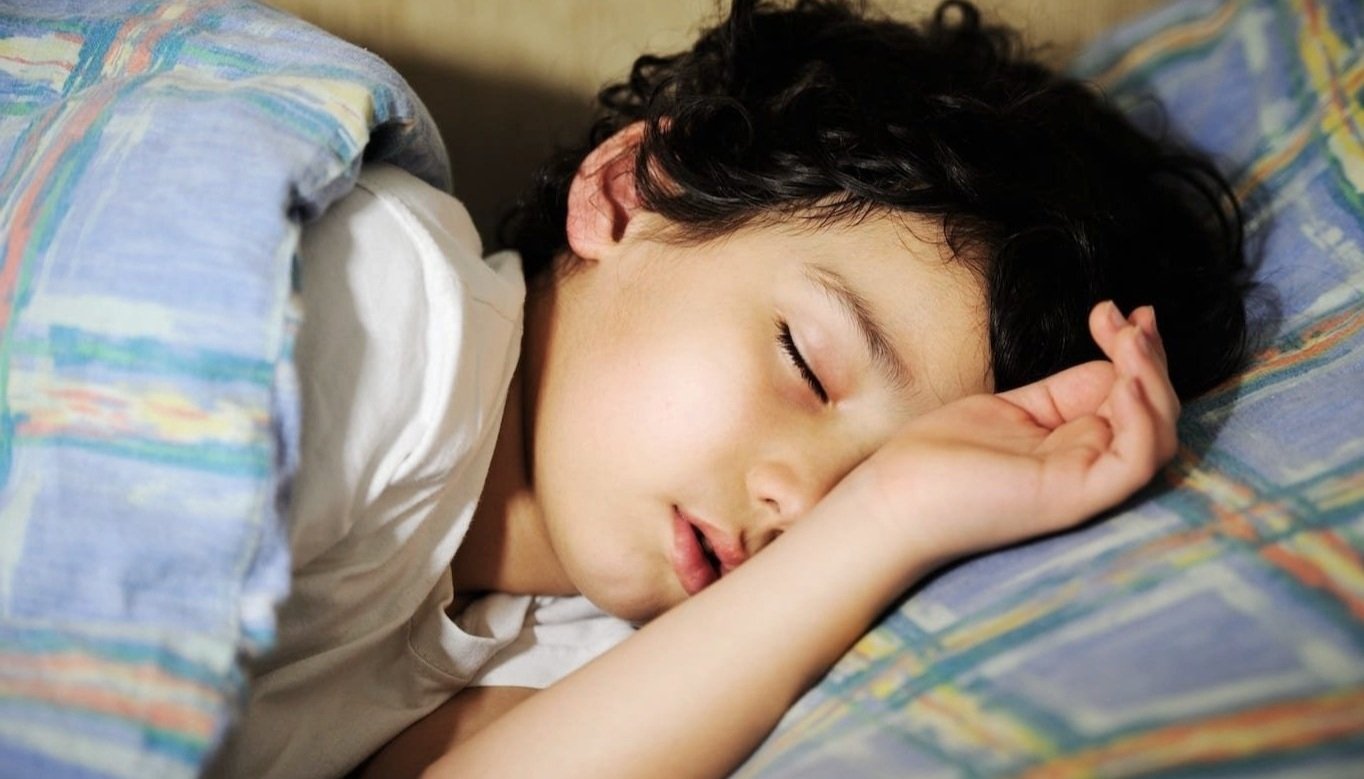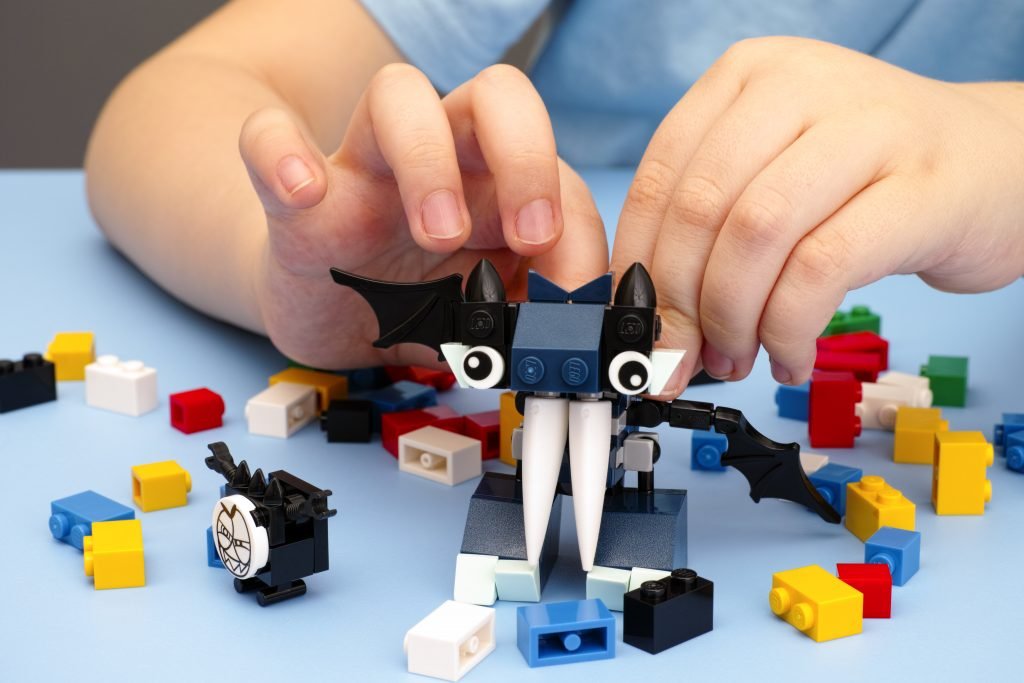DreamAir
User Research
2023
Med Tech
Wearables
Honorary Mention
What if you could treat sleep apnea with play?

Sleep apnea is a serious sleep disorder in which a person’s breathing repeatedly stops and starts during sleep.
This results in poor sleep quality and reduced oxygen levels in the body. Some common symptoms are:
Loud Snoring
Gasping or choking during sleep
Excessive daytime drowsiness

Sleep apnea in children is often overlooked or misdiagnosed as symptoms that can show up as behavioral, emotional or growth-related issues.
A tonsillectomy or adenoidectomy is the most common treatment and often provides a curative solution for kids. However, if surgery is not effective or feasible, CPAP therapy may be recommended.
CPAP therapy (Continuous Positive Airway Pressure) is the most common and effective treatment for obstructive sleep apnea (OSA).
A CPAP machine delivers a constant stream of air pressure through a mask that you wear over your nose or mouth (or both) while you sleep.
This steady airflow keeps your airway open — preventing the soft tissues in your throat from collapsing and blocking your breathing.
But challenges like claustrophobia, machine noises and social stigma make adhering to treatment difficult, worsening symptoms.
The treatment isn’t really built for kids which makes it waaay less appealing than it already is to them.
(and when’s the last time you got a kid to do something they hated doing?)
How can we design a CPAP system for
kids through Playification?
Gamification
goals, rewards, performance extrinsic - badges, pointsrule-based, competitive or goal-drivenscores, levels, achievementsdriving behavior change, learningDuolingo, Fitbit, Pokemon GOVS
Focus
Motivation
Structure
Design Tools
Used For
Examples
Playification
joy, creativity, explorationintrinsic - curiosity, funopen-ended, freeformtactile design, humor, wonderenhancing experience, emotional depthLego, museum sensory exhibitsPreventative care begins with the right Education.
Teaching children about what to do when diagnosed can also go a long way in solidifying compliance towards treatment while increasing their confidence.
Aside from CPAP therapy, regularizing positive lifestyle habits from a young age can help manage sleep apnea in the long term.
Dietary changes to include anti-inflammatory foods
Maintaining sleep hygiene
Physical activity to improve cardiovascular health
Social support to encourage regular therapy
Focusing on the Bedtime Routine
Pre-bedtime
7:00pm
Bedtime
9:00pm
Morning
8:00am















